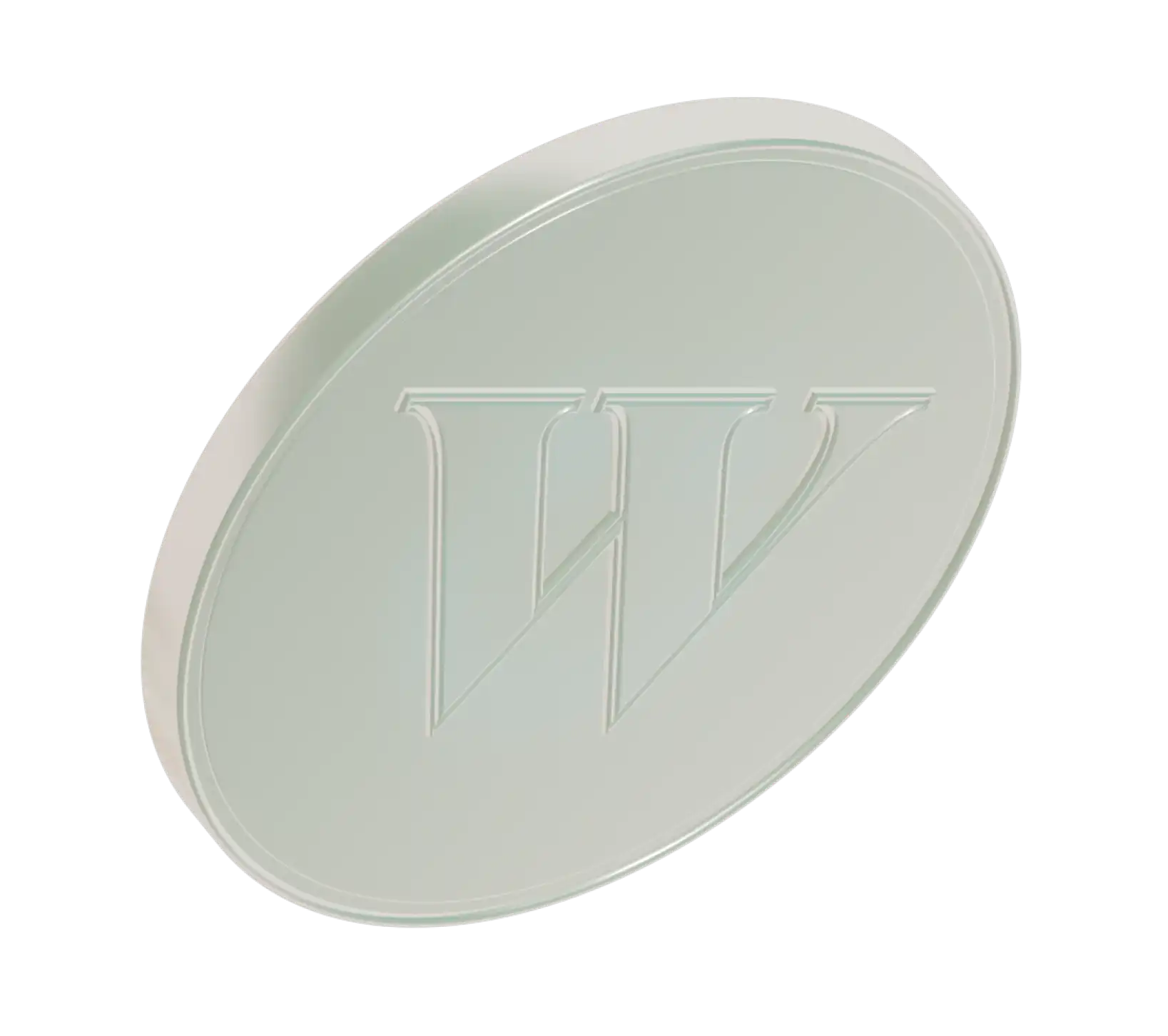We know using credit cards can feel like free money, but surprise! It’s not. Credit cards can actually land you in some not-so-great debt — and quickly — if you don’t use them carefully. That debt comes from credit card interest.
Credit card interest is the cost of borrowing money using your credit card. Most credit cards actually charge three different interest rates:
Interest on purchases. This is the interest rate you’ll pay on your credit card purchases if you don’t pay them off each month.
Interest on cash advances. A higher interest rate for taking out cash from your credit card (known as a cash advance).
Penalty interest rates. Higher rates may apply for bad credit card behaviour — like if you miss a minimum payment by an extended period of time, if your payment can’t be made because of insufficient funds in your bank account, or if you spend above your credit card limit.
Don’t panic yet, we’ll explain exactly what credit card interest is, how credit card interest works, and what you need to know to avoid credit card interest charges.
Why it’s important to understand credit card interest
The ins and outs of credit card interest rates may seem like fine print you can ignore, but understanding those ins and outs is key to keeping the most possible money in your pocket.
When you know how credit card interest works, you’re in a better position to avoid annoying fees, steer clear of (or at least minimize) debt, and maintain a solid credit score.
How credit card interest is calculated
Interest on purchases is what you’ll be dealing with most of the time. It’s usually listed as the annual percentage rate (APR) or annual interest rate on your statement. APR represents the interest rate you’ll pay over a year (if you carry a balance). The interest is accrued daily, but is charged monthly. Plus, the interest charged on credit cards compounds, meaning the daily interest is added to your balance, and the next day’s interest is calculated on that slightly higher balance. That said, there’s a grace period so if you pay off your card in full every month, you won’t be charged any interest.
Here’s how the math maths:
Let’s say your credit card has an APR of 21.99% for purchases. 21.99% divided by 365 days = a daily interest rate of 0.06%.
To figure out how much interest you’ll be charged each day, multiply your daily interest rate by your balance. If your balance is $948, you’ll pay about $0.57 in interest on day one, and slightly more on each following day (thanks, compound interest).
If you don’t pay off your balance, you’ll get hit with $17.36 in interest charges after your payment due date passes, bringing your new balance to $965.36.
Remember: you’re not automatically paying credit card interest just because you’re using your credit card. Interest is only charged if you don’t pay off your credit card balance within a certain timeframe — aka, the grace period.
The grace period is the time between the end of your credit card’s billing cycle and your payment due date. It’s usually between 21 and 25 days. If you pay off the amount due in full by the due date, you won’t be charged interest.
“In full” is an important distinction. Paying the minimum payment amount you see on your credit card statement might save you from late fees or penalty interest, but not from regular credit card interest charges. If you don’t pay your statement balance each month, interest will continue to compound. And if you stick to minimum payments for months, your balance can blow up fast.
How to avoid credit card interest charges
The only good thing about credit card interest is that it’s totally avoidable, if you do the following:
Pay your balance in full. Not the minimum amount, not 75% of the full amount — all of it, full send.
Avoid cash advances. Credit card cash advances can be helpful in a true pinch, but they’re the most expensive way to borrow because of how interest is applied. Skip.
Find a lower interest rate card. If you know you’ll often be carrying a balance, look for a credit card with a lower interest rate so you can minimize charges.
Have a budget. The best way to avoid carrying a balance — and therefore being hit with interest charges — is to only spend what you have. Limit your credit card spending to the cash you have available to pay it off.


